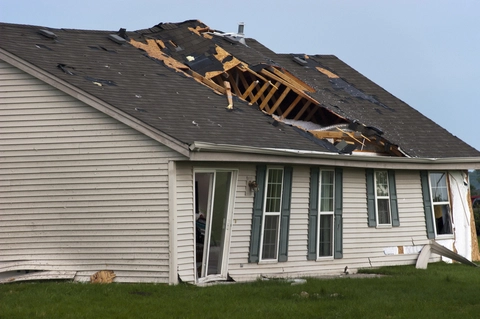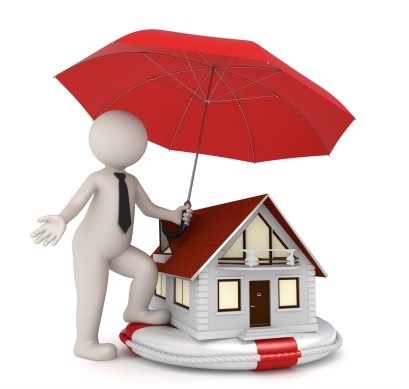Building insurance, also known as property insurance or homeowner’s insurance, is a type of insurance policy that provides financial protection for a building and its contents against damage or loss due to a variety of perils, such as fire, theft, vandalism, and natural disasters.

Building insurance typically covers the physical structure of a building, including its foundation, walls, roof, and other attached structures, such as a garage or shed.
It may also cover other structures on the property, such as a fence, driveway, or swimming pool. Additionally, building insurance may provide coverage for personal belongings inside the building, such as furniture, appliances, and electronics.
Building insurance policies can vary widely in terms of coverage, deductibles, and premiums, depending on factors such as the location, age, and value of the building, as well as the type and amount of coverage requested.
It’s important to carefully review any insurance policy before purchasing it, to ensure that it provides adequate coverage for your specific needs and circumstances.

Building insurance is often required by lenders when taking out a mortgage, as a way to protect the property in the event of damage or loss. Even if you own your property outright, building insurance is still a wise investment to protect your investment in the event of unforeseen damage or loss.
Here are some more points about building insurance:

Building insurance can provide coverage for a wide range of perils, including fire, theft, vandalism, windstorms, hail, lightning, and more. Some policies may also provide coverage for flooding, earthquakes, or other specific perils, depending on the location of the property and the type of coverage selected.
Building insurance can be customized to meet the specific needs of the property owner, based on factors such as the size and age of the building, the location and type of risks present, and the value of the property and its contents.
Building insurance policies typically have a deductible, which is the amount that the property owner must pay out-of-pocket before the insurance coverage kicks in. Higher deductibles may result in lower premiums, but can also mean higher out-of-pocket expenses in the event of a claim.
Building insurance premiums can vary based on a number of factors, such as the location of the property, the type of construction, the presence of safety features (such as smoke detectors or a security system), and the claims history of the property owner.

It’s important to carefully review the terms and conditions of a building insurance policy, including any exclusions or limitations on coverage. For example, some policies may not cover damage or loss caused by certain types of events or circumstances, such as war or terrorism.
In addition to building insurance, property owners may also want to consider liability insurance, which can provide protection in the event that someone is injured on the property and files a lawsuit. Many building insurance policies include liability coverage, but the amount of coverage may vary and additional coverage may be necessary depending on the level of risk involved.

Building insurance can provide coverage for both the cost of repairs or rebuilding in the event of damage or loss, as well as the loss of use of the property while repairs are being made. This can include expenses such as temporary housing, meals, and other living expenses.
Building insurance may also provide coverage for damage or loss caused by a tenant or guest, such as if a guest accidentally starts a fire or causes water damage.
Some building insurance policies may offer optional add-ons or endorsements, such as coverage for high-value items like jewelry or art, or coverage for additional structures on the property, such as a detached garage or workshop.
Property owners should periodically review their building insurance coverage to ensure that it is still adequate for their needs.
This can include reviewing the value of the property and its contents, checking for any changes in risks or hazards, and assessing any changes in their financial situation that may affect their ability to pay for repairs or replacement costs.
In the event of a loss or damage, property owners should take steps to document the damage, including taking photos and keeping receipts for any repairs or replacement costs. They should also promptly notify their insurance provider and follow their instructions for filing a claim.
Finally, it’s important to choose a reputable and financially stable insurance provider, to ensure that the policy will provide the necessary coverage in the event of a loss or damage. Property owners may want to research potential providers, read reviews, and check the provider’s financial rating before purchasing a policy.